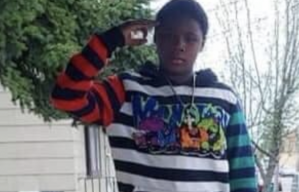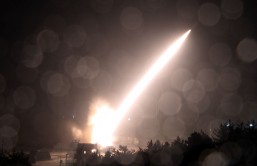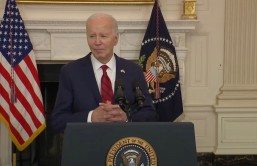Archaeologists have found new evidence that suggests the pre-Columbian Native American city of Cahokia housed a large immigrant population, making it America's first melting pot.
Cahokia, located in Illinois at the confluence of the Missouri and Mississippi rivers, was previously thought have mostly residents that came from the surrounding area when it existed in the 12th century.
"But increasingly archaeologists are realizing that Cahokia at AD 1100 was very likely an urban center with as many as 20,000 inhabitants," said archaeologist Thomas Emerson, leader of the new findings and director of the State Archaeological Survey at the University of Illinois, the university's News Bureau reported.
"Such early centers around the world grow by immigration, not by birthrate," Emerson said.
Researchers analyzed 133 teeth from 87 people that were buried at Cahokia at the height of its civilization. The teeth were checked for certain isotopes, the composition of which can roughly tell where the person was from.
"By measuring those isotopes in the teeth and the bones they can see differences in some of the population that suggests they came from different locations," Bill Iseminger, the assistant site manager at the Cahokia Mounds, told KTVI.
Researchers found that one-third of Cahokia's population were immigrants during the time it existed from 1050 to the 1300s. Their findings were published in the Journal of Archaeological Research.
"This indicates that Cahokia as a political, social and religious center was extremely fluid and dynamic, with a constantly fluctuating composition," Emerson said, according to the News Bureau.
There were also remnants of pottery that suggest an influential immigrant population. For example, one shattered clay vessel made in Oklahoma and found at Cahokia was thought to be used for trading. But archaeologists now believe it was brought by an immigrant.
"Cahokia, because it was multiethnic and perhaps multilingual, must have been a virtual 'melting pot' that fostered new ways of living, new political and social patterns and perhaps even new religious beliefs," Emerson said, the News Bureau reported.








